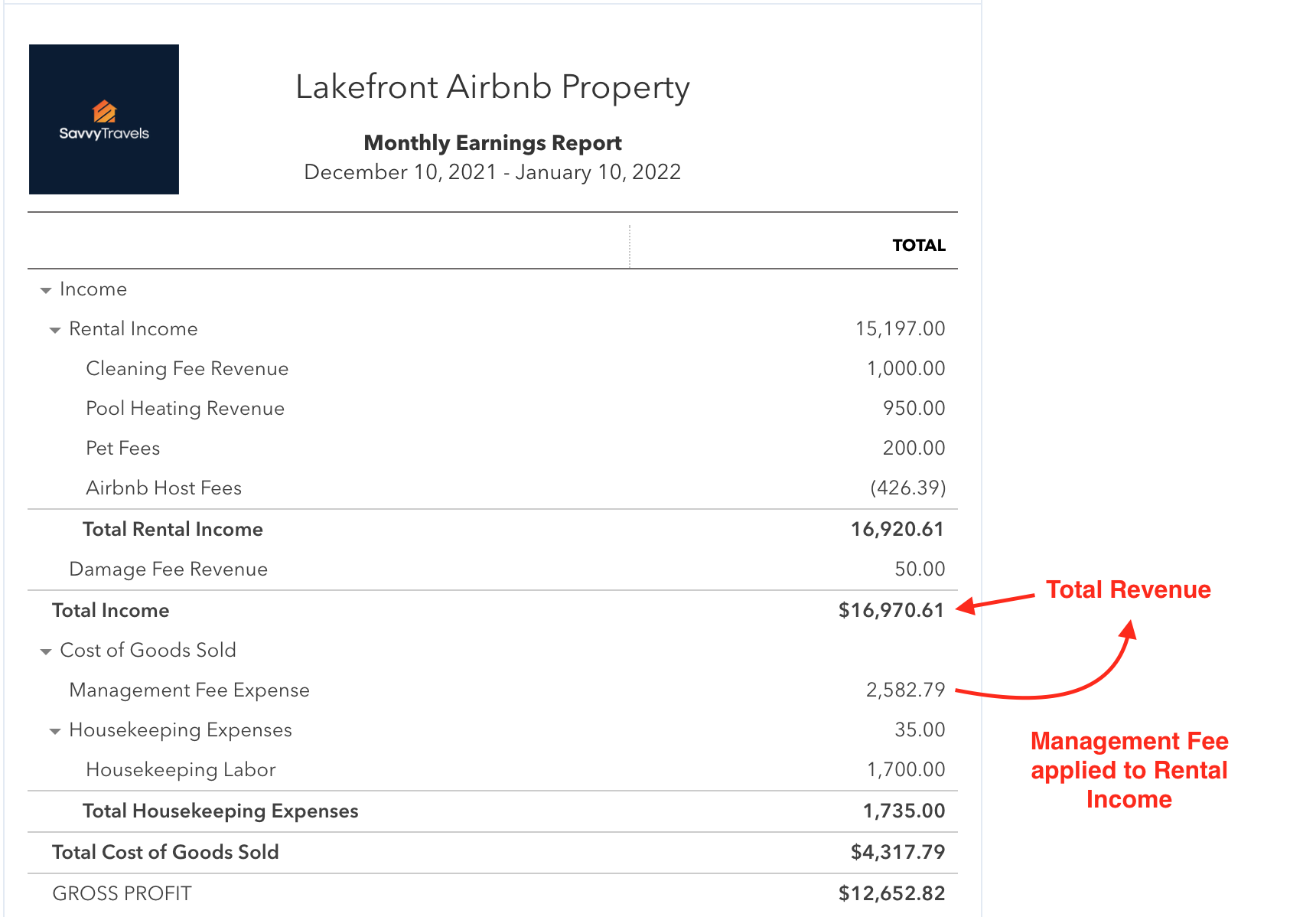
The management of a real estate portfolio is critical because most corporations have large portfolios of real-estate assets. You may have hundreds or thousands of properties in your portfolio. There are many ways to manage these assets. These include using various computer database systems. There are some limitations to these methods. Many systems do not offer a prudent due-diligence assessment. There is no benchmark for comparing client sites to market comps.
These systems don't give corporations the information they need. One large corporation might have hundreds of properties. Each property may have its own starting and end dates. Different expenses can rise at different rates. It could also signify that expenses may rise at different rates.

The invention is a tool that enables commercial real estate managers to perform a cost optimization of their current portfolio. The invention consists of a financial analysis method that projects future expenses for individual leased properties. This method incorporates rents, property expense, and other leased properties costs over time. These numbers can be compared to market comps, which is the total value of comparable properties. This will produce a per-site cost comparison. The managers can use the results to set a benchmark.
Another important feature of the invention is its ability to optimize geographical regions, rather than just one city. It can also be applied in other real estate transactions. The invention relies on eight cycle models rather than generalized metrics to calculate cyclical impacts of key investment variables. Each of these models provides insight into a particular aspect of investment timing and an analytical definition of a cycling.
In addition to the financial analysis methodology, the invention will present results in a graphical readout format. FIGS. Large company managers can access a 50,000 feet view of their portfolios by using the dashboard shown at FIGS. Users can adjust threshold limit colors to help them identify which properties are worth attention. You can also drill down into each Site and use this dashboard to locate individual properties. This invention can help corporate managers evaluate their commercial real-estate lease portfolios by combining the features mentioned above.

The invention is based in the awareness that prior art systems lack sufficient strength to allow commercial realty managers to correctly assess their portfolios. Instead, they tend to assume a static, underlying cost of the leased property, resulting in a failure to optimize.
FAQ
What is the average time it takes for a handyman in order to complete a project?
It depends on the size and complexity of the project. It takes longer to complete smaller projects, while larger projects take less time. No matter how large the project is, a handyman can finish it in less than a week.
Is it necessary to train a handyman for my work?
No. No. You just need to give them the materials they require to complete the job.
What qualifications does a handyman need?
Being a handyman requires patience. Also, experience with working with electrical systems, carpentry skills and plumbing knowledge is essential.
There are many opportunities for people with the right skills, but you may not be qualified if your knowledge isn't up to scratch.
You might want to consider getting training from a school specializing in these courses.
What license do I need to become a handyman in order to get my permit?
You don't need a license to work as an independent contractor in most states. However, certain requirements must be met:
-
Must be at least 18
-
Get a diploma from high school or GED.
-
A four-week course in a vocational school.
-
Check your background through the Department of Licensing.
-
Register for the year by paying $20
You will also require business licenses as well workers' compensation coverage.
Statistics
- “Once the pandemic hit, that number fell to about 20%.” (inquirer.com)
- Our handyman services for seniors are provided by professional senior helpers who have been serving the community for over 20 years with 98% customer satisfaction. (cantatahomeservices.org)
- More than 20% of homes in America have outdoor living spaces, including decks and patios. (mrhandyman.com)
- An estimate was that in 2003, the market for home maintenance and repair spending was up 14% 2001 to 2003. (en.wikipedia.org)
- With a strong housing market, the handyman and general maintenance worker industry are expected to grow by nearly 10% in the next decade. (housecallpro.com)
External Links
How To
How to Replace a Broken Window?
Replacing broken windows is one of the most common home improvement tasks. The job involves repairing the damage done to the glass in your home. Repairs should take about 30 minutes in this situation. If you don't know how to replace broken glass, you could cause more damage to your home. This article offers some useful tips to replace a broken window.
First, remove the old glass from its frame
First, remove all screws that hold the glass in place. Then undo the lock at the top center of the bottom section of the window frame. Next, move the window up slightly to remove it from the sill plate (the bar that runs below the floor). The last step is to gently loosen all remaining screws with a tool. Once the panes are removed, clean them thoroughly.
Second step: Clean the new glass
You can wipe any dirt off the glass surface with a towel or a dry cloth. You can clean the glass with a spray bottle containing water and rubbing alcohol if there is any debris underneath.
Third Step: Reinstall the replacement glass
Then, attach the window panes back into the frames. Begin by gently pressing down on one end of the outermost panel with the tip a screwdriver. Gently push back the pane into place in the opening. After moving to the next one, push it firmly against your previous one before you reattach it. Continue to insert the panes until you have assembled the whole window. You can seal the gap between the panes with a silicone caulk gun.
Fourth step: Repair any damage.
Inspect the area around the hole when installing new glass to see if any repairs are required. Two small pieces of wood should be placed along the edges of each hole if the crack is near the corner. These wooden blocks will provide strength for the window, as well as acting as spacers during the expansion or contraction of the weatherproofing.
Fifth step: Seal the repaired area
Apply silicone caulking around the edges of the frame after the glass has been replaced. This will create a good seal between the glass and the surrounding wallboard. You can purchase silicone caulking at hardware stores or online. It is important to match the color of the walls with silicone caulking.
Finally, let the caulking cure overnight. You should not disturb the caulking after it has fully hardened. You may crack the caulking by not waiting long enough.